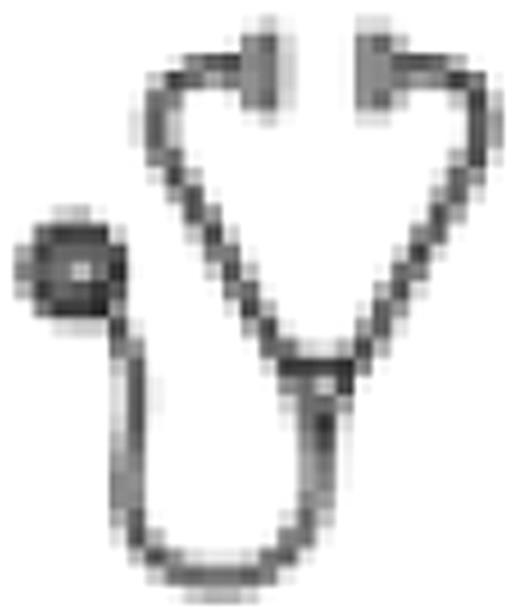Abstract
Abstract 4003
Azacytidine (AZA) has significantly improved the management and survival of patients (pts) treated for high risk myelodysplastic syndrome (MDS). However, 40 to 50% of patients will not achieve any kind of response and most responders relapse within 2 years (Fenaux Lancet Oncology 2009). Aternative strategies are so required for this population with primary or secondary failure of AZA. Vorinostat is a second generation histone deacetylase inhibitor with significant clinical activity in MDS and leukemia, although the response rate remains low (Garcia-Manero Blood 2008). Synergy of vorinostat with both conventional cytotoxic agents and targeted therapy has been demonstrated in vitro and in vivo (Esteller NEJM 2008).
In this still ongoing study (clinicaltrials.gov NCT00776503), we combined low-dose cytarabine (10-20 mg/m2/day for 14 days sub-cutaneously) and escalating total doses of vorinostat. Two schedules of vorinostat, (400mg/day orally) beginning on day 1 (arm A) or on day 14 (arm B), were tested in 3 groups receiving escalating treatment duration (7days, 10 days and 14 days) following a classical 3+3 phase I schedule. 10 additional pts will be included at the recommended dose level of each cohort (arm A and B). Inclusion criteria were age >18, MDS or AML <30% blast according to WHO, IPSS≥1.5, prior failure of demethylating agent therapy. Toxicity was assessed using CTCAE V3.
To date, a total of 34 pts were included and 31 were treated, 21 pts in arm A and 10 pts in arm B. 2 pts died before the beginning of treatment and 1 pt did not fulfill inclusion criteria (no previous AZA). The median age was 71 years (range 46y to 88y), the median number of previous treatments was 2 (1-3) and the median number of cycles of AZA was 10 (range 3–25). All pts had Int-2 (n=15) or High risk MDS (n=16) according to IPSS. A total of 108 cycles of treatment were administered with a median number of 3 cycles/pt and 9 pts had more than 3 cycles. The recommended dose was determined for arm A at 10 days of vorinostat and for arm B at 14 days. The dose limiting toxicities were grade 3 fatigue (n=2), grade 4 bilirubin (n=1) and grade 4 infection (n=2). The most frequent non-limiting toxicities were myelosuppression and GI toxicities. Response was centrally evaluated according to IWG 2006 criteria. The overall response rate was 17% in 29 evaluable pts (2 CRi, 1 HI and 2 marrow CR) with a median duration of response of 3 months (range [2-6+]). There were 2 responders in arm A (1 in 7 days dose level and 1 in 14 days dose level) and 3 responders in arm B (1 in the 7 days dose level and 2 in the 10 days dose level) including the 2 CRi. 14pts remained stable and 10 progressed during treatment. With a median follow up of 9 months, the median overall survival of the cohort is 7.3 months.
The phase I results presented here show that 400 mg/day vorinostat can be combined to LDAC and given for 10 days (arm A) to 14 days (armB) with acceptable side effects. It also suggests that the sequential administration might be associated with an increased therapeutic index since longer vorinostat therapy duration could be tolerated with higher response rate (3/10 vs 2/21). Interestingly, responses were observed in pts with poor risk cytogenetics who generally fail LDAC alone (t(3;3), complexe Karyotype). Accrual of additional pts at the recommended dose in each arm is ongoing. Data will be updated accordingly.
No relevant conflicts of interest to declare.

This icon denotes a clinically relevant abstract
Author notes
Asterisk with author names denotes non-ASH members.

This feature is available to Subscribers Only
Sign In or Create an Account Close Modal